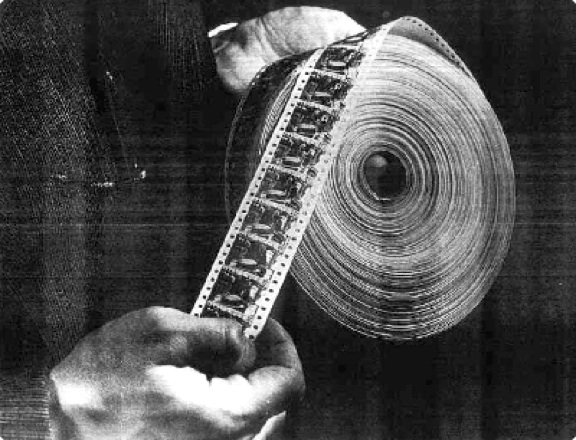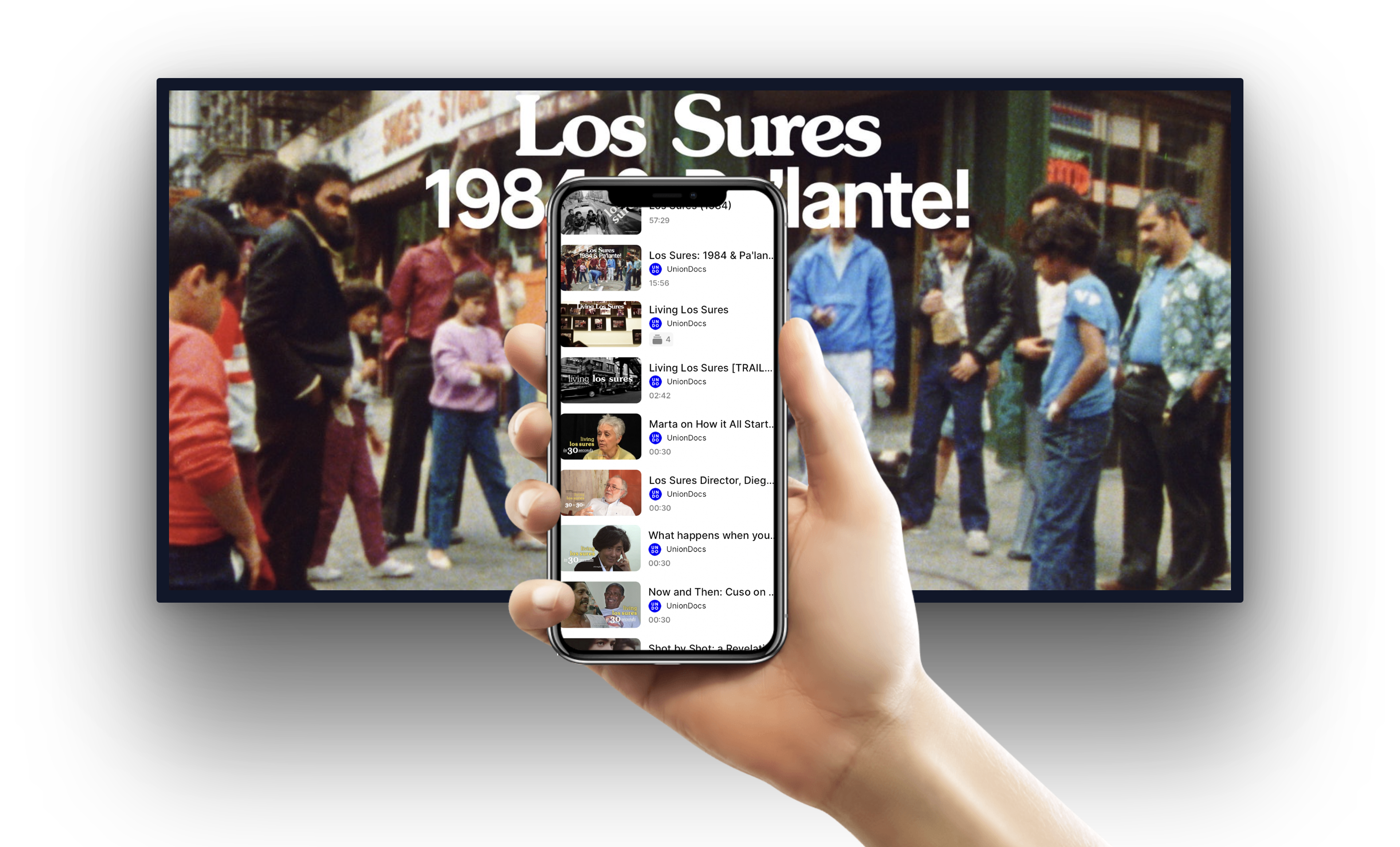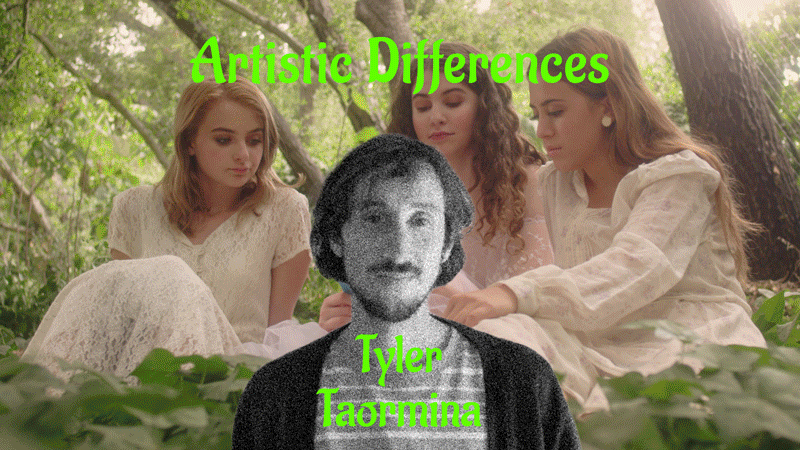Jan 24, 2010 at 7:30 pm
Orphan Film Symposium: Dr. Robbins Barstow Tribute & Orphan Documentaries
With Dan Streible, Cullen Gallagher and Jennifer Blaylock
The Orphan Film Symposium marks its seventh biennial gathering of archivists, scholars, preservationists, curators, collectors, and media artists devoted to saving, studying, and screening neglected moving images. For Orphans 7, NYU Cinema Studies partners with the School of Visual Arts. Sessions take place in the new, state-of-the-art cinema space at 333 W. 23rd Street: the Visual Arts Theater.
Saturday, January 23 – 7:30pm Robbins Barstow Tribute
As part of our Orphan Film Symposium weekend, UnionDocs will be honoring Dr. Robbins Barstow, whose films reflect the rich cultural importance and artistic achievement of home movies. Over the past seventy years, Barstow has created a unique and highly personal body of work. His home movies celebrate not only the joy of communal creativity, but also the magic of filmmaking. “All my life I have had two primary aims in my movie and video making: create meaningful records of people, places, and events; and to share these ‘moving images’ with other people,” Barstow has said about his own work. A consummate storyteller, his movies are characterized by their inventive editing, Barstow’s warm and intimate narration, and their wide range of topics. This retrospective will include four of Barstow’s short films: Tarzan and the Rocky Gorge (1936), shot in Granby, Connecticut, in which Barstow and his family and friends take a fantastic trip into the jungles in search of Edgar Rice Burroughs iconic character Tarzan; Youth and the Future (1943-44), which was shown at the 6th Orphan Film Symposium in 2008, is a dramatization of one of Franklin Delano Roosevelt’s Four Freedoms starring the Eries Boys’ club of the Hudson Guild Neighborhood of New York City; Disneyland Dream (1956), a documentary about his family’s trip from their home in Connecticut to the recently closeded theme park in California, which was one of twenty-five films admitted to the National Film Registry in December 2008; and finally The Making of “Disneyland Dream” (2009), in which the filmmaker and his family look back and reflect on their own film fifty-three years after it was originally made.
“Robbins’ Tarzan short shows a sophisticated understanding of camera angles and composition, structuring scenes, and editing.” –Daniel Eagan, America’s Film Legacy: The Authoritative Guide to the Landmark Movies in the National Film Registry
On Disneyland Dream: “Through vivid color and droll narration…we see a fantastic historical snapshot of Hollywood, Beverly Hills, Catalina Island, Knott’s Berry Farm, Universal Studios and Disneyland in mid-1956.” –Library of Congress
Tarzan and the Rocky Gorge (1936, 12 minutes, silent with narration, DVD)
Youth and the Future (1943-44, 14 minutes, silent no narration or music, DVD)
Disneyland Dream 1956 (30 minutes, silent with music and narration DVD)
The Making of Disneyland Dream (2009, 21 minutes, sound, DVD)
Sunday, January 24 – 7:30 ORPHAN FILMS AS DOCUMENTARY
In 1963, James Blue (one of the innovative young filmmakers George Stevens Jr. was hiring at the United States Information Agency) made three short films in Colombia, each in support of the Kennedy Administration’s Alliance for Progress. The School at Rincon Santo, Evil Wind Out, and Letter from Colombia (10 min. each). Illegal to screen in the U.S. until the 1990s, these films present a confounding synthesis of political propaganda and intelligent, humanistic documentary.
People’s Congressman (1948) This campaign film for Vito Marcantonio, East Harlem’s representative in Congress, aided his final successful reelection bid. A stalwart of the left, “Marc” hired Union Films (a production company run by blacklisted leftists) and Paul Robeson to rally his followers with this reel.
Helen Hill’s home movies (2000-2003): rescued Super 8 films of New Orleans that stewed in the muck of Hurricane Katrina flood waters for a month. The late filmmaker’s animated Scratch and Crow(1995) was named to the Library of Congress National Film Registry less than a month ago.
Many hundreds of hours of 35mm newsreel film, particularly outtakes and unused footage, reside in archives around the world. Much of this footage has never been seen. We will look at some samples that contradict our conception of what a newsreel is.
Short films and video, including:
James Blue’s USIA films(1960s)
Madison News Reel(1935?, Madison, Maine, auteur unknown)
Newsreel outtakes(1920s and 1930s)
Home Movies and Amateur Films
Presenters
Dan Streible joined the NYU Cinema Studies faculty as associate professor in 2006. He teaches courses in film history, archiving, curating, and documentary and serves as associate director of the MIAP program. His publications include the books Fight Pictures: A History of Boxing and Early Cinema (U of California Press, 2008) and Emile de Antonio: A Reader (2000, co-edited with Douglas Kellner). Streible has published research on the history of movie exhibition, early cinema, amateur filmmaking, nontheatrical film, and moving image preservation, in anthologies and in journals such as Cinema Journal, Film History, and The Velvet Light Trap. He serves as a founding member of the editorial boards of The Moving Image and the Journal of E-Media Studies. Since 1999, he has organized the biannual Orphan Film Symposium, bringing together archivists, academics and artists to save, screen and study neglected artifacts from the history of film and television. Streible was elected to the Board of Directors of the Association of Moving Image Archivists (2004-06) and appointed to the National Film Preservation Board (2005-09).
Cullen Gallagher is a film and literary critic, who is a regular contributor for The L Magazine, Not Coming to a Theater Near You, Hammer to Nail, as well as other publications.







